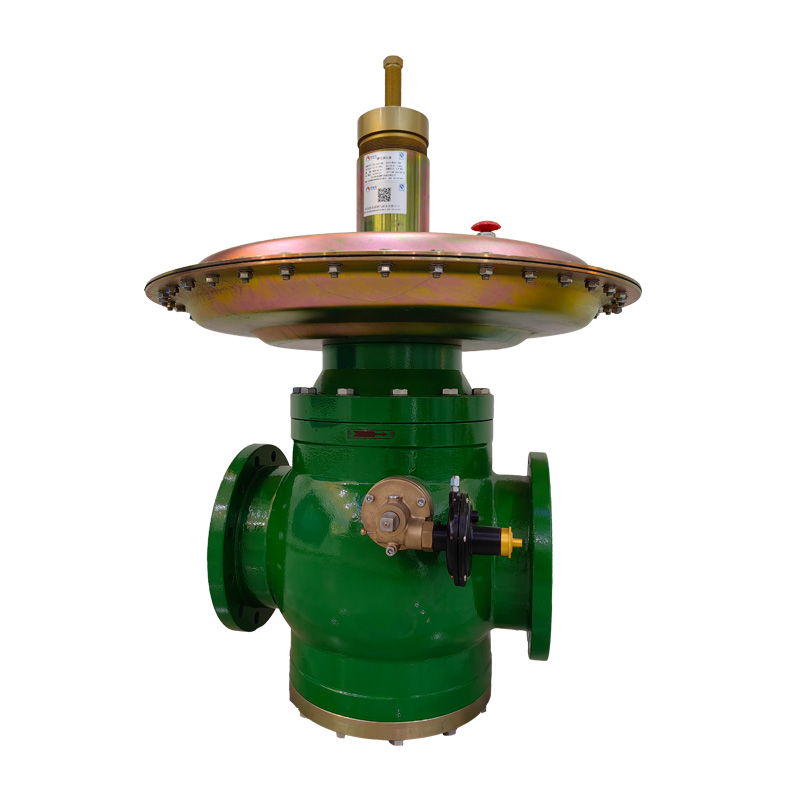
Dec . 19, 2024 19:42
Back to list
Pressure Regulator System for Efficient Fluid Control and Management
Understanding Pressure Regulators A Key Component in Fluid Systems
Pressure regulators are essential devices in various industries, playing a crucial role in the regulation and maintenance of pressure levels within fluid systems. From gas pipelines to medical equipment, the functionality of pressure regulators ensures the safe and efficient use of resources, ultimately leading to enhanced performance and reliability in operations.
What is a Pressure Regulator?
A pressure regulator is a mechanical device designed to control and maintain a specific pressure level in a system, despite fluctuations in upstream pressure or changes in downstream flow. Its primary function is to reduce high inlet pressure to a desired lower outlet pressure, ensuring that the downstream processes operate under optimal conditions.
How Does a Pressure Regulator Work?
Pressure regulators operate based on the principles of physics, specifically the balance of forces acting on a diaphragm or other sensing element within the device. When high-pressure fluid enters the regulator, it acts on the diaphragm and creates a force that moves it, adjusting a valve that allows the flow of fluid to the outlet. If the downstream pressure decreases, the diaphragm moves to open the valve, allowing more fluid to flow through; conversely, if the downstream pressure increases, the diaphragm compresses, closing the valve and reducing the flow.
Types of Pressure Regulators
There are several types of pressure regulators, each designed for specific applications
.
2. Two-Stage Regulators Used for applications requiring a significant reduction in pressure, two-stage regulators provide more stable outlet pressure by effectively managing variations in inlet pressure.
منظم الضغط

3. Back Pressure Regulators These regulators maintain a specified pressure on the inlet side of the device and are commonly used in processes that require consistent upstream pressure.
4. Relief Regulators Designed to prevent excessive pressure build-up, relief regulators automatically vent excess pressure to ensure system safety.
Applications of Pressure Regulators
Pressure regulators are used in a multitude of applications across various industries
- Medical Equipment In the healthcare sector, pressure regulators ensure that patients receive a consistent and safe supply of gases, such as oxygen, without the risk of high-pressure bursts.
- Industrial Gas Distribution In welding and cutting operations, pressure regulators are vital for controlling gas flow from cylinders to torches, ensuring safety and precision.
- Water Supply Systems Regulators help maintain adequate water pressure in municipal water supply systems, preventing damage to pipelines and ensuring consistent service delivery to consumers.
- Automotive and Aerospace In fuel systems, pressure regulators maintain the correct fuel pressure to engines, optimizing performance and efficiency while minimizing emissions.
Conclusion
In conclusion, pressure regulators are indispensable components in numerous industries, ensuring safe and efficient operation of fluid systems. Their ability to maintain stable pressure levels not only enhances system performance but also contributes to the overall safety of various applications. As technology advances, the design and functionality of pressure regulators are expected to evolve further, adapting to the increasing demands of modern industries. Understanding how these devices work and their applications can lead to better utilization and innovation in fluid management systems.
Next:
Latest news
-
Safety Valve Spring-Loaded Design Overpressure ProtectionNewsJul.25,2025
-
Precision Voltage Regulator AC5 Accuracy Grade PerformanceNewsJul.25,2025
-
Natural Gas Pressure Regulating Skid Industrial Pipeline ApplicationsNewsJul.25,2025
-
Natural Gas Filter Stainless Steel Mesh Element DesignNewsJul.25,2025
-
Gas Pressure Regulator Valve Direct-Acting Spring-Loaded DesignNewsJul.25,2025
-
Decompression Equipment Multi-Stage Heat Exchange System DesignNewsJul.25,2025

